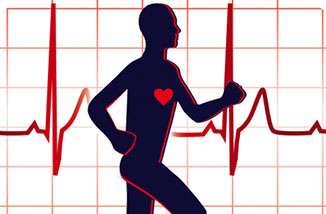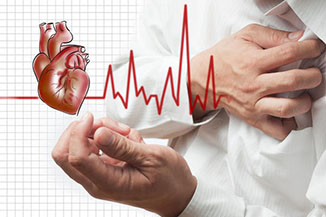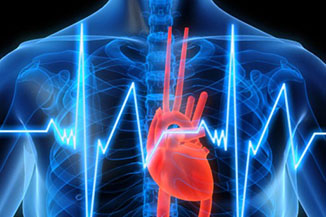Primary prevention
- Usually performed in primary care settings.
- The focus is on reduction of cardiac risk factors, education and community-based exercise.
- Have an invaluable effect on the rate of cardiac disease with a decrease in lipid profiles, obesity, and blood pressure.
- Ideally, primary programs should begin in childhood.
- Components (include management of hypertension and lipids, along with encouraging exercise and consideration of antiplatelet agents) are all cost-effective





